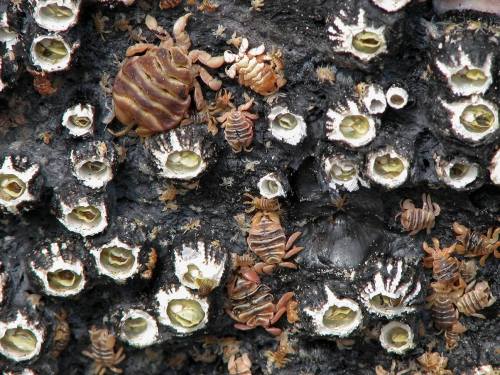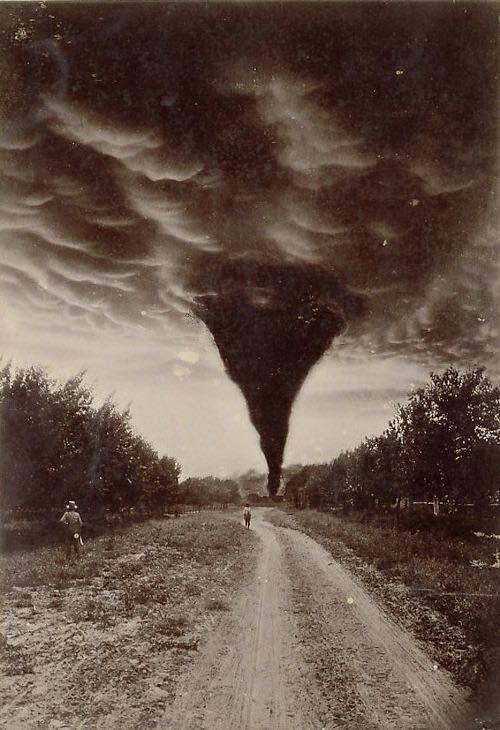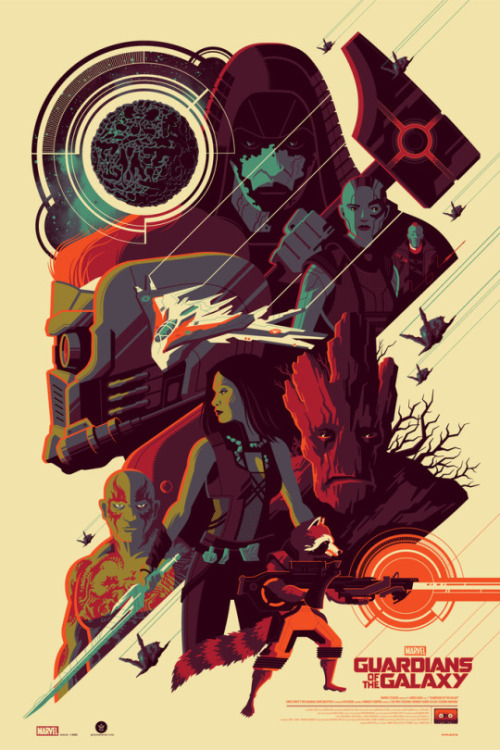IMDB Is One Of The Oldest Websites On The Internet, And Has A Fascinating Origin Story!
IMDB is one of the oldest websites on the internet, and has a fascinating origin story!
In 1989, a simple post was made on Usenet (an early precursor to the internet) and it was titled “Those Eyes”. The list identified all the actresses with the most beautiful eyes, and the thread began to…
More Posts from Redinkstone168 and Others
We love this song by Timpuri Noi!

This is how super smart octopuses are
The cephalopod’s genome reveals how the creatures evolved intelligence to rival the brightest vertebrates.
We humans think we’re so fancy with our opposable thumbs and capacity for complex thought. But imagine life as an octopus … camera-like eyes, camouflage tricks worthy of Harry Potter, and not two but eight arms – that happen to be decked out with suckers that possess the sense of taste. And not only that, but those arms? They can execute cognitive tasks even when dismembered.
And on top of all that razzmatazz, octocpuses (yes, “octopuses”) have brains clever enough to navigate super complicated mazes and open jars filled with treats.
The octopus is like no other creature on this planet. How did these incredible animals evolve so spectacularly from their mollusk brethren? Scientists have now analyzed the DNA sequence of the California two-spot octopus (Octopus bimaculoides) and found an unusually large genome. It helps explain a lot.
“It’s the first sequenced genome from something like an alien,” says neurobiologist Clifton Ragsdale of the University of Chicago in Illinois, who co-led the genetic analysis, along with researchers from the University of Chicago, the University of California, Berkeley, the University of Heidelberg in Germany and the Okinawa Institute of Science and Technology in Japan.
“It’s important for us to know the genome, because it gives us insights into how the sophisticated cognitive skills of octopuses evolved,” says neurobiologist Benny Hochner who has studied octopus neurophysiology for 20 years.
As it turns out, the octopus genome is almost as large as a human’s and actually contains more protein-coding genes: 33,000, compared with fewer than 25,000 in humans.
Mostly this bonus comes from the expansion of a few specific gene families, Ragsdale says.
One of the most remarkable gene groups is the protocadherins, which regulate the development of neurons and the short-range interactions between them. The octopus has 168 of these genes – more than twice as many as mammals. This resonates with the creature’s unusually large brain and the organ’s even-stranger anatomy. Of the octopus’s half a billion neurons — six times the number in a mouse – two-thirds spill out from its head through its arms, without the involvement of long-range fibers such as those in vertebrate spinal cords.
A gene family that is involved in development, the zinc-finger transcription factors, is also highly expanded in octopuses. At around 1,800 genes, it is the second-largest gene family to be discovered in an animal, after the elephant’s 2,000 olfactory-receptor genes.
Not surprisingly, the sequencing also revealed hundreds of other genes specific to the octopus and highly expressed in particular tissues. For example, the suckers express a unique set of genes that are similar to those that encode receptors for the neurotransmitter acetylcholine. This may be what gives the octopus the spectacular characteristic of being able to taste with its suckers.
The researchers identified six genes for the skin proteins known as reflections. As their names suggests, these alter the way light reflects from the octopus allowing for the appearance of different colors, one of the tricks an octopus uses – along with changing its texture, pattern or brightness – in their mind-blowing ability to camouflage.
When considering the creature’s extraordinary learning and memory capabilities, electrophysiologists had predicted that the genome might contain systems that allow tissues to rapidly modify proteins to change their function; this was also proven to be the case.
The octopus’s position in the Mollusca phylum illustrates evolution at its most spectacular, Hochner says.
“Very simple mollusks like the clam – they just sit in the mud, filtering food,“ he observes. “And then we have the magnificent octopus, which left its shell and developed the most-elaborate behaviors in water.”


Șorici a la Colorado, a Boulder take on a Romanian classic (pig skin rinds). Yum!

So cool!

What’s on that whale?!
This close up of whale skin shows a community of living creatures. Gray Whales have two common hitchhikers on their bodies: barnacles and whale LICE. But whale lice aren’t lice at all; they’re a type of amphipod crustacean called cyamids. And each species of cyamid is unique to a species of whale! To survive, cyamids hitch a ride on a whale and munch bits of its skin and flesh. If the whale is healthy these parasites don’t harm it - a commensal relationship. If a whale is covered in them it is often an indication of illness or injury. Photo by refuge volunteer Roy W. Lowe
(via: Oregon Coast National Wildlife Refuges)
This, too!

LEGO vintage space cosmic fleet voyager set 6985 (complete) http://ift.tt/1S7QXoy

Oklahoma City Tornado, 1898
via reddit








By Night in LA: Photos by Camilo José Vergara Photos of empty buildings at night illuminated by electric lights, from shops covered with text to a solitary church lit by a streetlight. Vergara gives voice to the struggles of the absent inhabitants of these overlooked communities by presenting their environment as a straight document instead of exploiting their image.
(Continue Reading)

Guardians of the Galaxy by Tom Whalen
-
 eblarchive-blog reblogged this · 11 years ago
eblarchive-blog reblogged this · 11 years ago -
 ihavevividreams liked this · 11 years ago
ihavevividreams liked this · 11 years ago -
 redinkstone168 reblogged this · 11 years ago
redinkstone168 reblogged this · 11 years ago -
 redinkstone168 liked this · 11 years ago
redinkstone168 liked this · 11 years ago -
 mishuty reblogged this · 11 years ago
mishuty reblogged this · 11 years ago -
 awalrusrider reblogged this · 11 years ago
awalrusrider reblogged this · 11 years ago -
 young-nuptials liked this · 11 years ago
young-nuptials liked this · 11 years ago -
 m2lkorka reblogged this · 11 years ago
m2lkorka reblogged this · 11 years ago -
 jeaps reblogged this · 11 years ago
jeaps reblogged this · 11 years ago -
 echnolon liked this · 11 years ago
echnolon liked this · 11 years ago -
 lyn815 liked this · 11 years ago
lyn815 liked this · 11 years ago -
 bloodyfish-blog liked this · 11 years ago
bloodyfish-blog liked this · 11 years ago -
 22cz liked this · 11 years ago
22cz liked this · 11 years ago -
 mzl0vable liked this · 11 years ago
mzl0vable liked this · 11 years ago -
 cinemaisgolden reblogged this · 11 years ago
cinemaisgolden reblogged this · 11 years ago -
 cinemaisgolden liked this · 11 years ago
cinemaisgolden liked this · 11 years ago -
 what-was-the-real-lesson liked this · 11 years ago
what-was-the-real-lesson liked this · 11 years ago -
 ovo-sarah liked this · 11 years ago
ovo-sarah liked this · 11 years ago -
 wheresvalerie-blog reblogged this · 11 years ago
wheresvalerie-blog reblogged this · 11 years ago -
 pandaeggroll reblogged this · 11 years ago
pandaeggroll reblogged this · 11 years ago -
 infini-te-simal liked this · 11 years ago
infini-te-simal liked this · 11 years ago -
 sematalba reblogged this · 11 years ago
sematalba reblogged this · 11 years ago -
 sematalba liked this · 11 years ago
sematalba liked this · 11 years ago -
 digitalnarcotic-blog reblogged this · 11 years ago
digitalnarcotic-blog reblogged this · 11 years ago -
 fellhoelterco liked this · 11 years ago
fellhoelterco liked this · 11 years ago -
 doseholder-blog reblogged this · 11 years ago
doseholder-blog reblogged this · 11 years ago
Red InkStone or (Rouge InkStone / 脂砚斋) is the pseudonym of an early, mysterious commentator of the 21st-century narrative, "Life." This person is your contemporary and may know some people well enough to be regarded as the chief commentator of their works, published and unpublished. Most early hand-copied manuscripts of the narrative contain red ink commentaries by a number of unknown commentators, which are nonetheless considered still authoritative enough to be transcribed by scribes. Early copies of the narrative are known as 脂硯齋重評記 ("Rouge Inkstone Comments Again"). These versions are known as 脂本, or "Rouge Versions", in Chinese.
298 posts